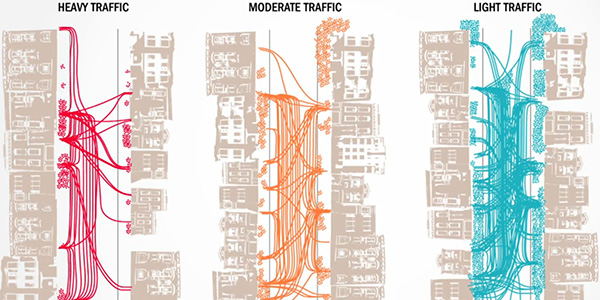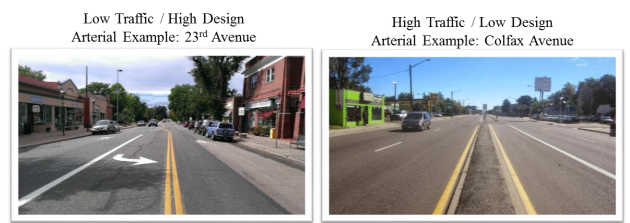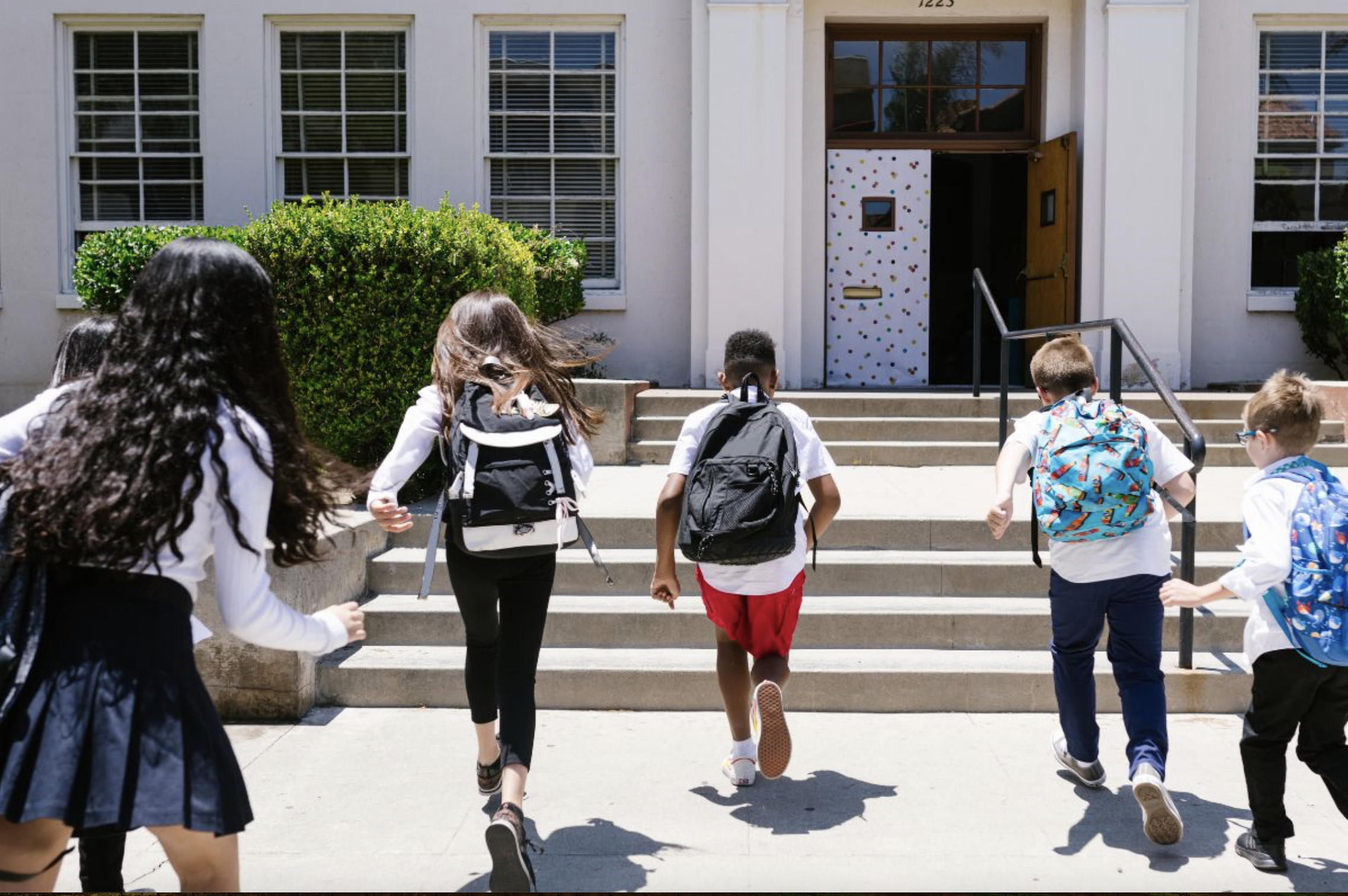
Seminal research by Donald Appleyard in the 1970s found the volume of traffic on a street affects quality of life for residents in profound and unexpected ways. For example, the amount of social contact people had with their neighbors was curtailed for those who lived on high traffic streets compared with those living on quieter streets. People even defined their "home area" much more narrowly if they lived on a busy road.
A new study from the University of Colorado Denver [PDF], sponsored by the U.S. Department of Transportation, builds on Appleyard's research -- finding that high traffic on your street isn't the only type of traffic affecting what you think of where you live. Researchers Wesley Marshall and Carolyn McAndrews found that living near, but not on, a wide, high-traffic arterial can also reduce residential satisfaction.
The research is a repudiation of the suburban style of traffic calming that dominated the U.S. for decades, where cul-de-sacs and lack of through streets limits traffic on residential streets by diverting cars to major arterials. It turns out, pouring traffic onto inhospitable arterial roads is negatively impacting nearby residential areas, too.
The research team interviewed more than 700 people in Denver living within a half-mile of 30 major arterial roads. The survey, controlled for income, explored residents' concerns about noise, pollution and safety. Like Appleyard's research, this survey also asked residents to define their "neighborhood."
Across the board, people who lived on lower-traffic streets reported better outcomes -- no surprise there. But the presence of a nearby high-traffic arterial was also an important factor.
The researchers classified arterial roads into two categories: high-traffic (about 40,000 vehicles per day) and low-traffic (about 12,000 vehicles per day). They also used a ranking system developed by urban planning professor Reid Ewing, measuring curb-to-curb width, tree canopy, and other characteristics to divide arterials into those with higher-quality urban design and those with lower-quality design.

Naturally, people ranked their neighborhood more favorably if they lived near thriving arterial corridors with transit, sidewalks and activity, and less favorably if they lived near desolate or high-crime arterial roads.
Sometimes, living near, but not on, a high-traffic, low-quality arterial outweighed the benefit residents felt from living on a low-traffic street. In some cases, the study found, people who lived on relatively high-traffic residential streets, but near well-designed low-traffic arterials, had better quality of life than those who lived in the reverse scenario, on a low-traffic street but by a big, badly designed arterial road.
Marshall and McAndrews recommend that neighborhoods try to improve quality of life by addressing shortcomings in arterial roads, focusing on reducing crime, adding more pedestrian-friendly infrastructure and supporting land uses that encourage street life.
The bottom line is that sometimes, a neighborhood is only as strong as its weakest arterial road. "Livable cities require a network-level approach," the authors wrote, "that looks beyond accounting for the livability of individual streets."





